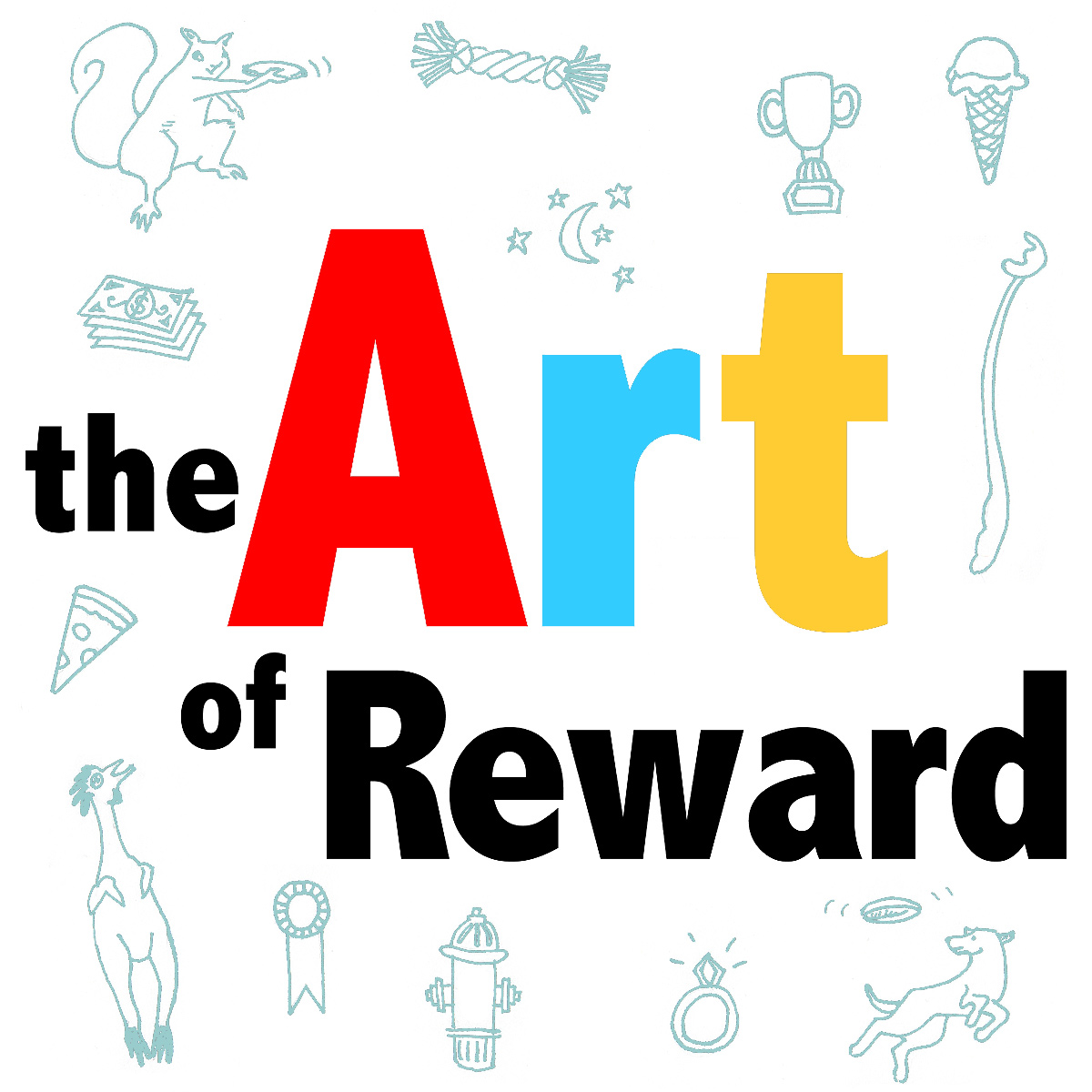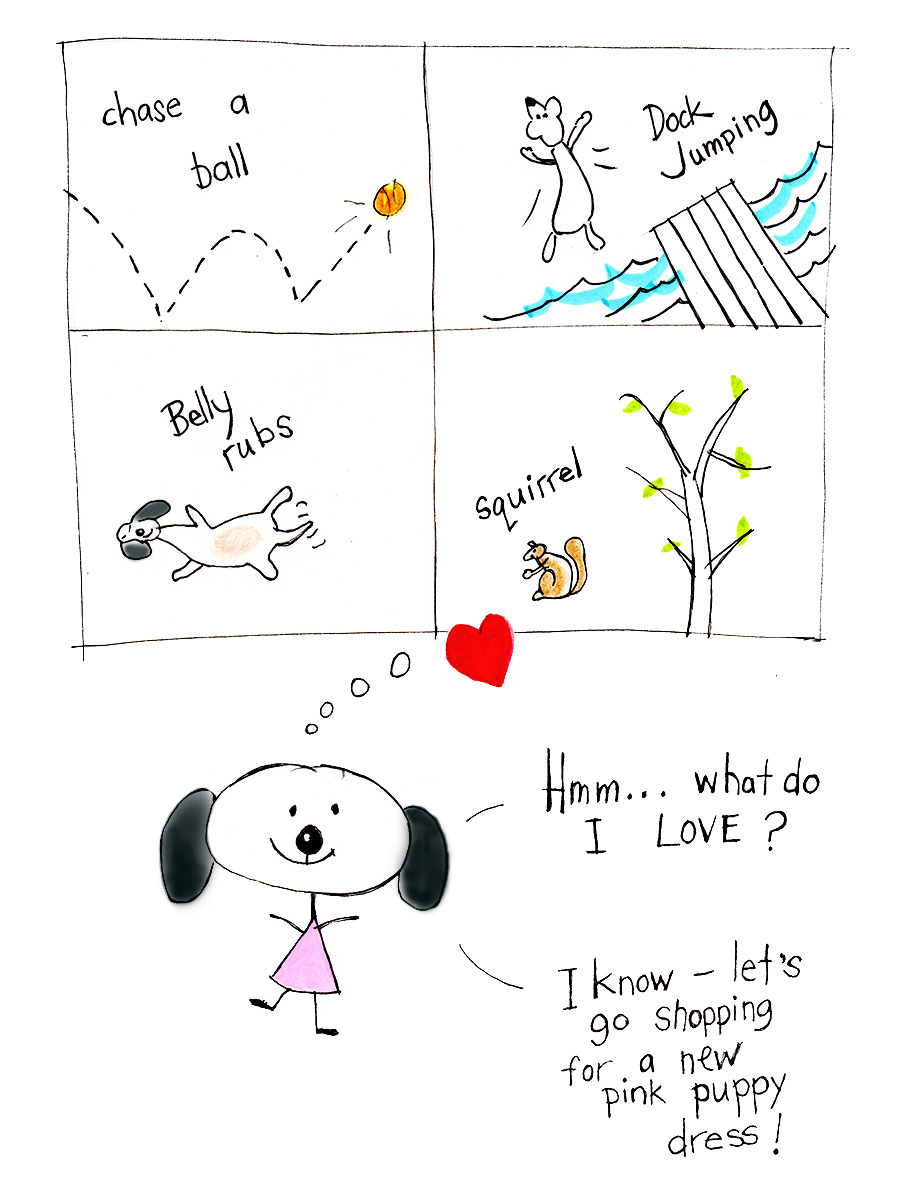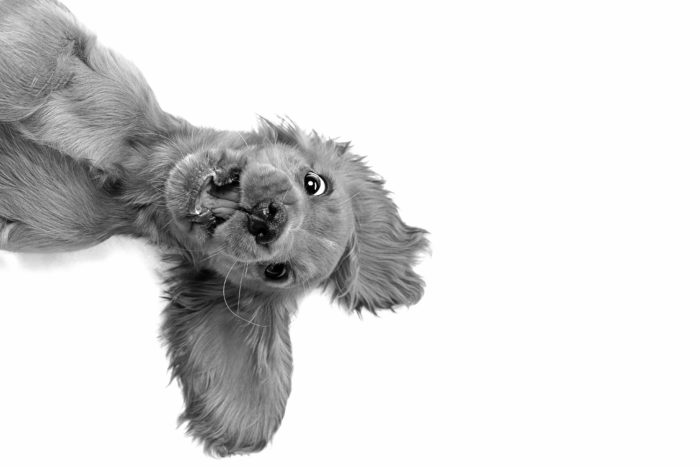
It’s a hot, sunny, summer day at the beach. Not a cloud in the sky. The waves gently lap the shore, gulls call to each other. The sun is beating on you and you’re thirsty. You’re waiting for your friend. Finally you see them walking down the beach carrying a gift bag. “Sorry I’m late!” they call. “This is for you!” In the bag is a handmade wool sweater. “I knitted it myself! It is really warm and thick.” “Thank you!” you say, as you think …wow, nice sweater, weird, but nice. I don’t really like wool… and I’m not that keen on the color blue… why wouldn’t she just show up with a cold drink for me instead?
You’re stranded on a deserted island and your food and fresh water supply is dwindling fast. A very promising looking bag has washed up on the beach. Eagerly you run to it hoping for food, fresh water or a communication device. Inside are oodles of hundred dollar bills. Drat!
Silly stories? Sure they are, but they illustrate an important point. Not all rewards are created equal. Things that are rewarding in some circumstances are not necessarily rewarding in other situations. What one person finds rewarding can be of zero interest to another. We are all different and so are our pups.
So how does this relate to us training our puppies with rewards?
When we work with rewards we need to make sure the rewards we choose are actually rewarding to the puppy. In essence this means that the puppy is the one who should be determining what we are using.
How do we do this? We need to observe our pups and learn their preferences. We need to get creative and have fun with rewards. We need to keep a variety or rewards on hand and aim to have plenty of fun surprises for our pup’s great performances! We must master the art of reward!

Observe and Get Creative
Rewarding your pup with food is great as long as the pup loves the food. Some dogs prefer toys to food, others prefer a chance to chase something, greet a person or get a good belly rub or massage. What my dog finds reinforcing may be very different from what your dog finds reinforcing.
One of my favorite rewards for Fen is to let her chase a squirrel (as long as the squirrel has a good escape route) that I have called her away from. She has to come away beautifully twice and then on the third time she might get to chase. Not always, but sometimes.
This is an example of watching and seeing what my dog loves and using it to reward her great recalls. It’s a win for me, for Fen and for the squirrel that always gets away, although the squirrel might not agree.
Another example of observation is Fen’s response to me clapping and cheering for her when she makes a great catch while we are playing ball. Her body posture changes, it lifts and she runs back to me a bit faster and showier, she looks so happy about her accomplishment and really appears to love the cheering on. Try cheering and clapping for your puppy the next time you are playing a game with them. Do they seem to respond to the cheering in a positive way?
Variety!
What’s in your treat pouch? Our rule of thumb is a minimum of 4 different types of tasty food treats. Does your pup love the food in your treat pouch? If not it is time to experiment and see what your puppy gets excited about. Tasty pieces of cheese, turkey, hotdog or smoked duck are all usually good bets for pups that are food motivated. Kibble tossed with a tiny bit of bacon fat can be irresistible. The challenge is to get creative and have some really ‘high value’ puppy currency available for those times when you need it.
What’s in your puppy’s toy box? Is there a fun array to choose from? If the toys are always put away after play it helps keep them interesting to your puppy. It is really fun to let your puppy pick which toy she wants to play with during a play/training session. Put a few in a line on the floor and then see which one your pup picks up.
One of my students made me laugh when he told me that he buys all these nice toys but what his dog really loves to play with are old deflated balls and other things she finds in the trash. Good for him for being a keen observer of his dog’s preferences!
An Invitation!
We invite you to experiment and get creative with what you use for rewards with your pup. Have fun with it. Once you have a good sense of your dog’s reward preferences you’ll be surprised to find what a treat this is for you. Training, playing and working together becomes much more successful. You’ll both start having a blast!
We’re pleased to be participating in the #Train4Reward Blog Party. Be sure to check out all of the other great blog postings at Companion Animal Psychology!


